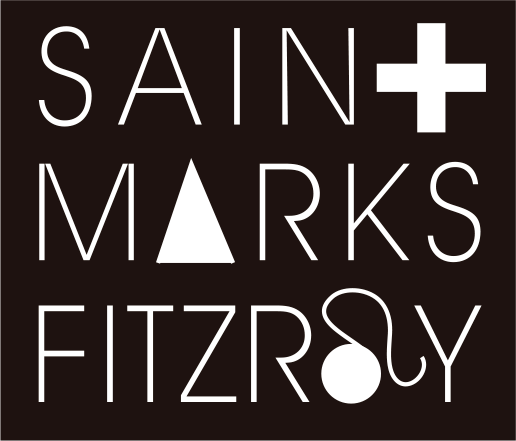21: Windows
Stained glass windows were once used to educate people who could not read. By looking at the painted scenes in the glass, people could learn about the stories of the Bible and religious teachings. Stained glass windows bring in light but maintain privacy.
St Mark’s has stained glass windows created by 4 glass artists. The windows on the west side of the church were made by two different stained glass companies.
William Montgomery was a stained glass artist in Melbourne from December 1886 to his death in July 1927. Every window Montgomery produced was designed specifically for the space it was in. When Montgomery and his wife, an American china painter, came to Australia, it was her letters of introduction that got Montgomery his first jobs.
Montgomery liked the softer, muted colours, especially sage and olive greens and grey blue for stained glass. He also regularly signed his windows but often at the very bottom and his signature can be hidden in the soft cement holding the window in place. Montgomery was responsible for the window at the back of the church and those depicting St Alban, St Stephen and St Mark on the west side.
Brooks Robinson was a stained glass maker in Melbourne at the same time as Montgomery. Brooks Robinson was a commercial company that had a “house style” that was recognisable. Their work was impeccable. Brooks Robinson did the other two windows on this wall – the baptism of Jesus and the Good Shepherd. The company also created the transfiguration windows behind the altar. The Shepherd, or a very similar one, can be seen in about 50 other churches. Brooks Robinson windows were often created “piecemeal”. Different painters worked on particular parts of the window and didn’t see the window as a whole. Brooks Robinson was the glass painting company behind the Ida Outhwaite windows in the Social Settlement Building/Community Centre.
A stained glass window is an iterative process.
A stained glass artist draws the original art work. The drawing needs to marry up the art and the craft, i.e., each glass piece has to be drawn so that its edges are not too angular; the lead that joins the pieces together doesn’t like corners!
This drawing is then blown up and pieces of the window are allocated to different artists.
Each piece of glass is a particular colour that is cut into a rough shape relevant for that part of the drawing.
The outline of the drawing is painted on the glass and then fired.
Matt is applied to the piece of glass and scraped off to create texture and highlights and then fired.
This process is repeated as many times as necessary to get the desired effect
Then lead is applied and the window “collated”.
Each window has a waste, a line of colour around the outside of the window that allows it to be put into place.
Each glass colour responds differently to heat and cold, so the window needs to have the flexibility to “move”.
Stained glass colours do not change over time unless they are created using enamel and other similar products. The glass can get dirty over time and this can make it look as though the colour has changed.
Comparison of the different glass artists’ works
In the middle is the window of the Shepherd by Brooks Robinson. It is flanked by St Alban and St Mark by William Montgomery
The primary difference is in the colour with the Montgomery windows using a softer palette.
Both companies delivered excellent quality windows.
The way in which the makers produced the windows is also different, with Brooks Robinson windows more of an “off the shelf” product. A team of people each made their own piece of the window that was collated at the end of the process. Montgomery’s windows are bespoke, tailored to a specific space. A designer created the window and a team of people collaborated to make it. The colours were applied together and collated at the end.
